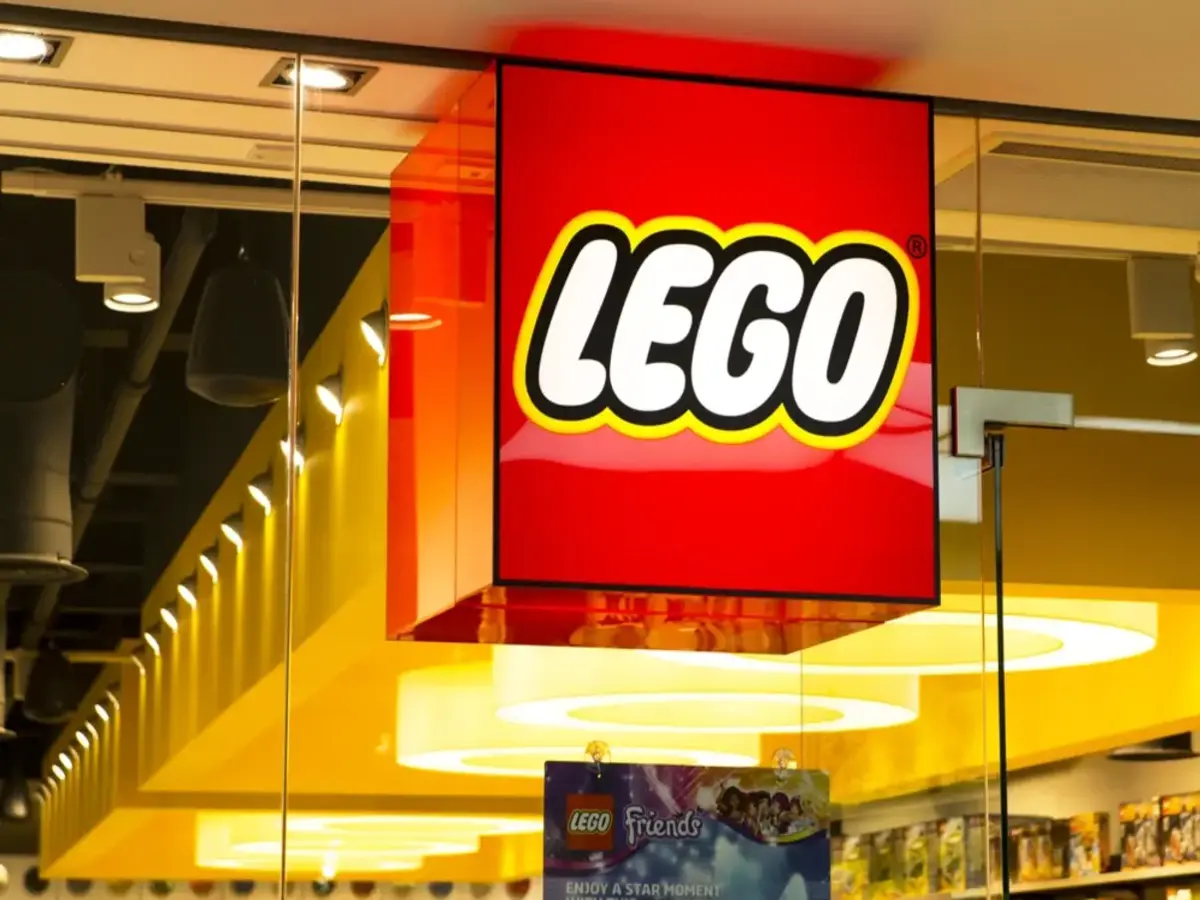Upstox Originals
More than just bricks: How Lego stays ahead in the digital age

5 min read | Updated on June 04, 2025, 15:31 IST
SUMMARY
Born in the Great Depression, Lego has become a global toy giant worth $6.25 billion. It has thrived by constantly innovating and adapting to market shifts. Lego has entered India with its largest South Asian store in Gurugram, and 30 more planned. It is set to leverage the booming Indian toy market's demand for quality, educational toys and cater to a growing adult fanbase.

Lego has launched its first physical store in India in partnership with Ample Group. | Image source: Shutterstock
The iconic bricks, which originated in Denmark in 1932, have withstood the test of time. The company is one of the largest toy manufacturers in the world.
The global toy giant has established a physical presence in the Indian market through a partnership with retail leader Ample Group, unveiling an innovative and interactive store in Gurugram. Till now, India was just a sourcing hub for other countries with no physical stores of Lego.
How has the company survived all these years and managed to stay ahead of competition from Mattel, Funskool and Hasbro? Why has it ventured into the Asian market now with a physical store, with many more in the pipeline?
Lego in India
At 4,500 square feet, the Lego store in Ambience Mall, Gurugram—conveniently located near Delhi's Indira Gandhi International Airport—is the largest in South Asia. Over the next five years, the company aims to launch 30 stores across India. The Gurugram store is fashioned after other stores around the world and aims to provide an immersive experience.
Why India is a big market for Lego
The Indian toy market is witnessing a boom, transforming from a largely import-dependent industry to a rapidly growing domestic and export powerhouse. The market size reached $1.9 billion in 2024. According to IMARC Group, a market research company, the market is expected to reach $4.7 billion by 2033, exhibiting a growth rate (CAGR) of 10.04% during 2025-2033.
Parents today have more disposable income to spend on quality, educational and branded toys. Urbanisation and the rise of nuclear families further contribute to this trend. There is a demand for educational and STEM-based toys as cognitive development and early childhood education become a priority for parents. India is recognised by Lego as one of its fastest-growing markets in the Asia-Pacific region, demonstrating strong double-digit growth in recent years with expectations for continued momentum. While Lego has had a presence through online channels and multi-brand retailers like Hamleys, launching dedicated certified stores allows it to build a deeper connection with Indian customers.
Constant innovation
What makes Lego special, and how has it stayed afloat globally all these years? The company was born out of the Great Depression and has been able to bounce back from different crises ever since. Faced with the grim reality of the global economic crisis, Danish master carpenter Ole Kirk Kristiansen had to pivot. To survive, he began crafting new, easily sellable items, marking the humble, wooden beginnings of the Lego Group with charming cars, aeroplanes and even yo-yos. Today, the bricks are made of plastic, on which stands this $6.25 billion company with a presence in 130 countries. Lego has spawned collaborations with the Beatles, Star Wars, Harry Potter, a huge movie franchise and theme parks.It’s this spirit of constant innovation that has helped it make a comeback each time after a decline.
Rise after the fall
In the early 2000s, the company ran into trouble and came close to bankruptcy. It was up against the digital tidal wave, which included video games, cable television and mobile phones. Children were losing interest in toys. The company knew it had to pivot to stay in the competition. It then invested in producing its own entertainment content. It released Lego-themed video games and started its own production company.
But things only got worse after this diversification.
After deep research, the company realised that the Lego brick was still relevant. Lego needed to reposition its products as an extension of the digital world and not compete with it. That’s when the ‘Star Wars’ Lego kit was launched, which remains its largest-selling kit till date. Lego also tied up with ‘Star Wars’ for developing entertainment content with its own narratives and characters. Soon after, The Lego Movie premiered, which was a big success.
A new set of fans was born. The company was no longer targeting only children. It focused on this new fan base of adults and collectors. The largest growth of the company in recent years has come from these passionate grown-ups. The products are now being fashioned for adult collectors. They come at a higher price point and cater to their creative requirements.
The Adult Fans of Lego (AFOL)
Since Lego entered into entertainment initiatives and licenses, the business has grown sixfold in 15 years. In 2019, Lego acquired Bricklink, an online community for adults, with more than one million fans, where consumers can buy or sell Lego parts. These adult fans, or ‘Kidults’, like to show off their MOCs, or ‘My Own Creations’, online. For them, these creations are serious business. There are YouTube channels dedicated to adult fan communities and Lego product reviewers. Some of these passionate creators have been roped in to build the most popular sets. Some adult fans have even become a part of the Lego Ambassador Network, a team of people supporting the adult community.
Lego and the Pandemic
Although the pandemic led to the closure of Lego factories, shops and theme parks, it was a boon for the company. Parents sought educational and creative products for homeschooling to keep children engaged, and Lego was the perfect answer. There has been no looking back for this toy giant.
What’s next for Lego?
The Gurugram store is aimed at providing the perfect and most authentic Lego experience for the Indian customer. It is a milestone in the brand’s regional expansion strategy. Moving beyond its established online presence and partnerships with multi-brand retailers like Hamleys and FirstCry, Lego is now committing to a dedicated brick-and-mortar format. This move aims to foster direct customer engagement and offers an expansive portfolio of over 800 products, including 250 exclusive sets tailored to appeal to a wide range of ages and consumer interests.
Clearly, Lego’s journey is far from over.
By signing up you agree to Upstox’s Terms & Conditions
About The Author
Next Story
